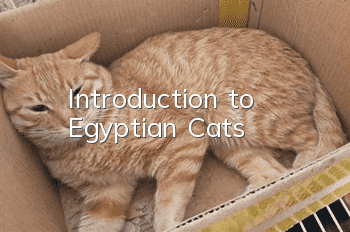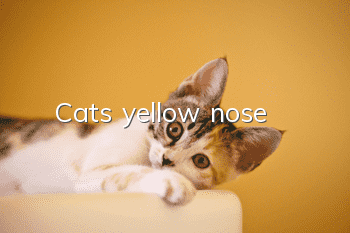Introduction to Egyptian Cats

The Egyptian cat, whose Latin scientific name is Felinae, is distributed all over the world. Although it is called the Egyptian cat, people cannot confirm that the Egyptian cat originated from Egypt. However, because there are graphic and text records on ancient Egyptian murals, tombstones or scrolls, people believe that the ancestors of the Egyptian cat are African wild cats. . In the 1950s, Egyptian cats were introduced to the United States and the United Kingdom, and won awards in regular competitions in 1968. You must know the relevant knowledge about raising pets, so let me give you a brief introduction to Egyptian cats.
Egyptian Cat
Egypt is the earliest birthplace of Egyptian cats, and Egyptian cats may be the first to appear in the history of domestic cats. Before 1400 AD, an image of a spotted cat was painted on the walls of an ancient Egyptian temple along the Nile River. The murals and papyri from the ancient Egyptian era all depict cats that look exactly like today’s Egyptian cats. When Egyptian cats were regarded as ordinary creatures, it was during the reign of Constantine, the 4th century AD, that Egyptian cats began to exist as ordinary small creatures. There are graphic and textual records on tombstones and scrolls in ancient Egypt dating back thousands of years. The Egyptian cat has spots on its body and formed a fixed breed. It originated from a princess in the Mediterranean region in the 19th century. She liked a cat imported from Cairo very much and mated it with an Italian cat to give birth to children. Later, the cat's descendants were brought to the United States for breeding. They were registered and exhibited for the first time in the United States the following year, and were generally welcomed by American families. Egyptian cats and Abyssinian cats are believed to be the cat breeds kept by the ancient Egyptians.
The Egyptian cat is a medium-sized short-haired cat breed. They are viviparous, weighing 2.5-7 kilograms, and have leopard-like markings on their skin and coat. The Egyptian cat is moderately built and muscular. The Egyptian cat is the only cat species among the spotted tabby species that is not artificially bred, but has naturally formed spotted patterns. It is known as the "mini leopard". The spotted patterns on the body are randomly distributed in large or small sizes, and the face, The limbs and tail have striped patterns. There is a scarab pattern on the forehead between the eyebrows.
The Egyptian cat is native to Egypt and is an ancient breed. It was regarded as a divine cat in ancient Egypt.
The Egyptian cat's body size, length, and bones are all medium, and its muscles are very developed. Although he looks slim, he is extremely strong. The limbs are even and the body is coordinated. When standing, the hind limbs are high, the soles of the feet are slender and slightly oval, and the toes of the hind feet are long. The tail is of medium length and thin at the end. Overall, Egyptian cats have a well-toned body.
In addition, purebred Egyptian cats are very rare. Only 200 cats are registered every year, and they are relatively rare in China. If a merchant advertises Egyptian cats for sale, you must understand them carefully before buying.
- Six principles of cat training, pet cat training methods!
- Are halothrin mosquito coils harmful to cats?
- Does a cat have to weigh more than 6 pounds to be neutered?
- What medicine should be used for cat ringworm medicated bath?
- What to do if a nursing female cat catches a cold
- Can a kitten be bathed just after being vaccinated?
- How does a cat get used to a new environment?
- 3 major misunderstandings about how humans and cats get along. You think your cat despises you, but in fact it is saying it loves you.
- What colors do cats like? Cats are very poor at judging colors.
- Introduction to the functions of cat tails How to wash cat tails



